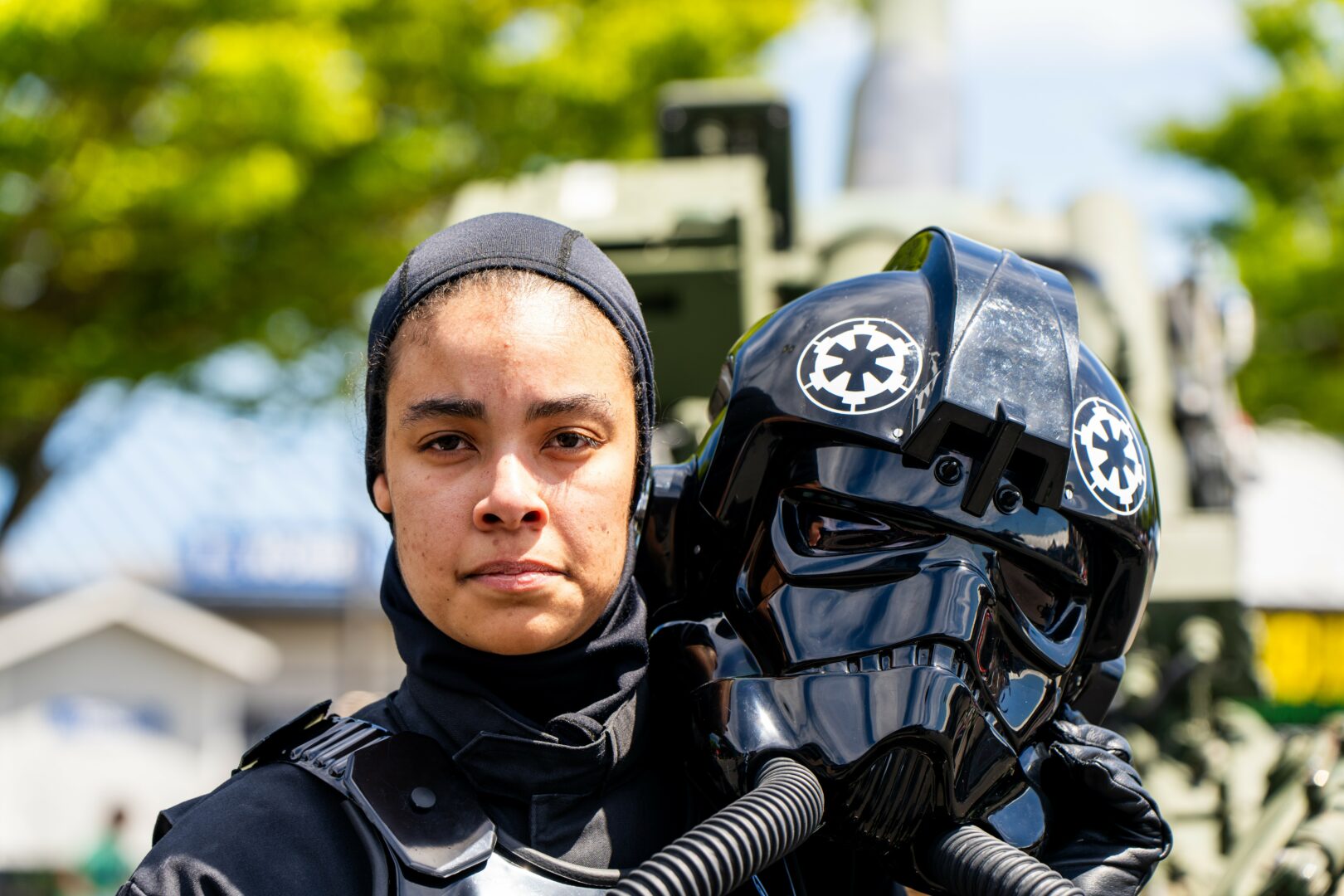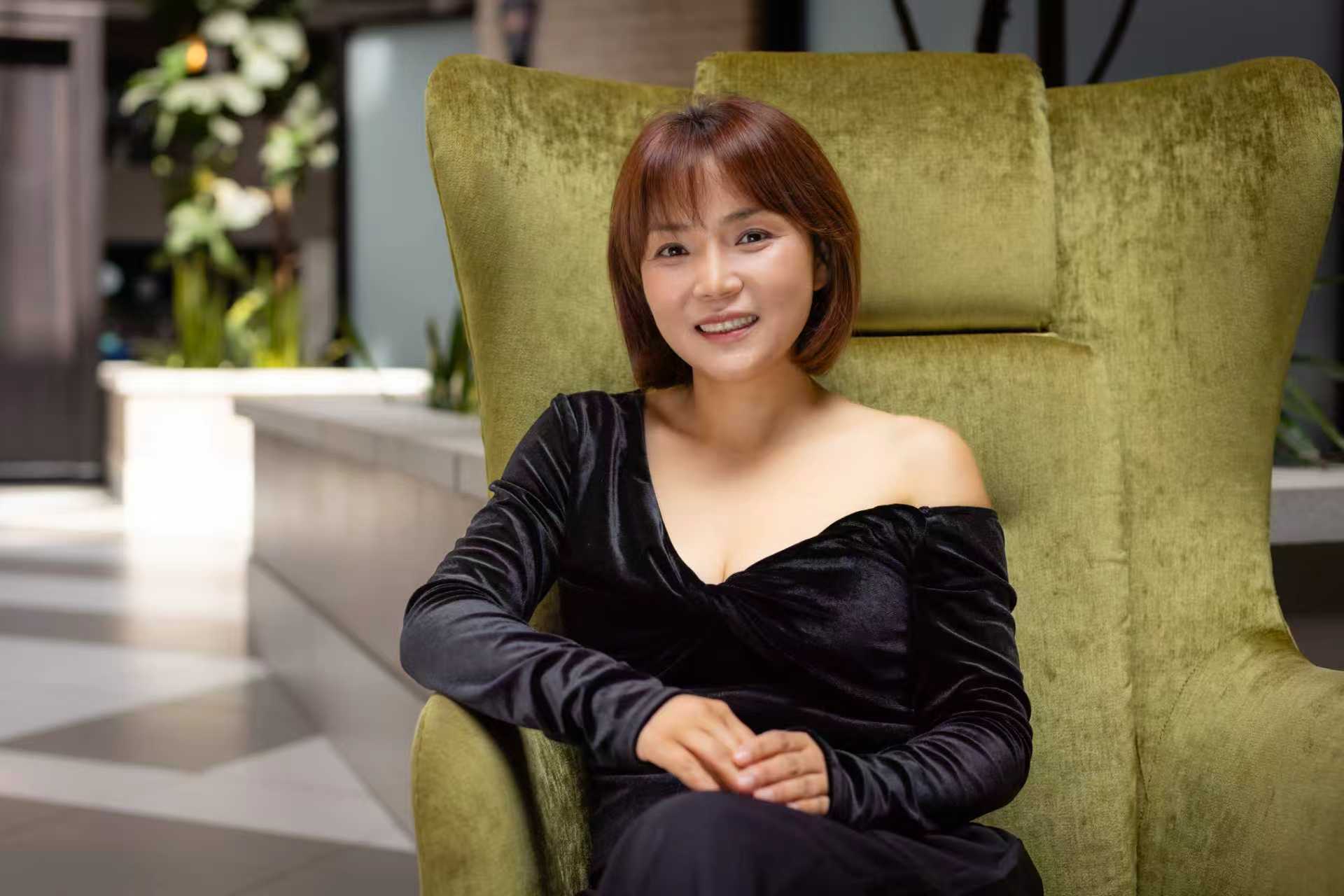We recently connected with Yumi Kim and have shared our conversation below.
Hi Yumi, really happy you were able to join us today and we’re looking forward to sharing your story and insights with our readers. Let’s start with the heart of it all – purpose. How did you find your purpose?
I find motivation to keep creating art from my desire to communicate with people through it. For me, art has always been a second language, a way to express what words often fail to capture. There are moments when I struggle to articulate my thoughts, emotions, or even my perspective on certain experiences or social issues. But when I express them through art, something changes. Without saying a single word, people can understand and feel what I mean. When audiences interpret, relate, and respond in their own ways after seeing my work, I feel as if I am having a genuine conversation with them. That is the moment I feel the greatest happiness and fulfillment, and it inspires me to tell the next story through my art.
That invisible yet powerful connection is what made me fall in love with art and what continues to drive me forward. Art gives me the freedom to speak honestly, to connect with others beyond cultural or linguistic boundaries. It allows me to turn personal emotions into shared experiences. That is why I create, not just to make something beautiful, but to make something that speaks. And that is also why I know I will keep doing art for the rest of my life.
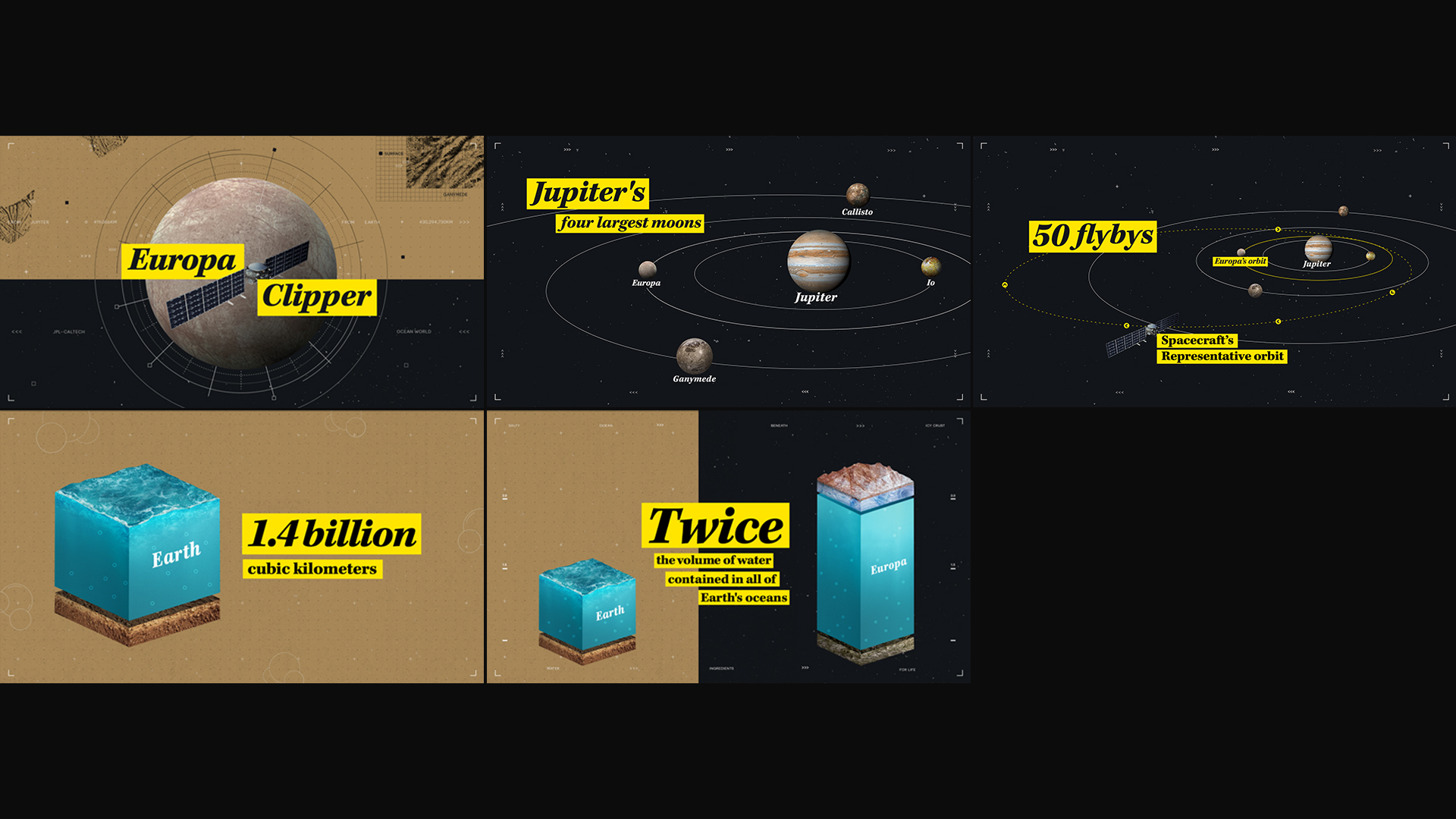
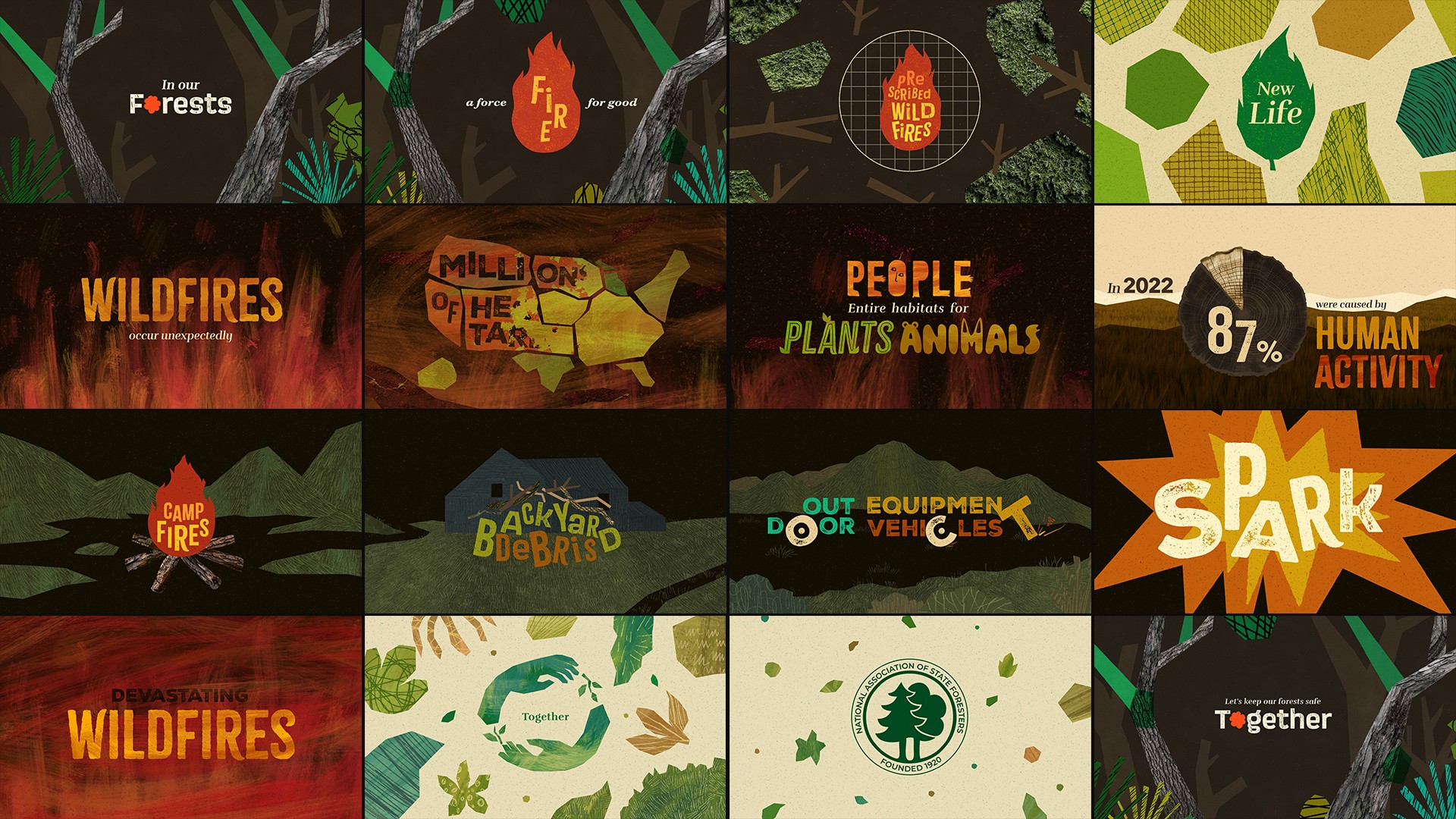
Appreciate the insights and wisdom. Before we dig deeper and ask you about the skills that matter and more, maybe you can tell our readers about yourself?
I recently graduated from the Savannah College of Art and Design, majoring in Motion Media Design, and I am now based in New York, building my career as a motion designer. What fascinates me most about motion design is the process of transforming a specific moment or emotion into visual language and expressing it through animation. Sometimes a still image can be enough to convey a feeling, but when movement, rhythm, and changes in form are added, it deepens the audience’s emotional connection and amplifies their experience.
My work focuses on concept driven storytelling, where every visual decision begins with an idea. I focus more on concept development and design than on technique, because while technical skills can be learned relatively quickly, conceptual thinking and design sensitivity require continuous practice. I believe good design is not just about aesthetics or making things look appealing, but about creating an experience that resonates with people.
A strong concept connects each visual moment into one continuous story, keeping the audience emotionally engaged without breaking the flow. That is why I spend much of my time thinking and imagining how to express a theme through feeling, form, and motion, refining and condensing it into a clear concept, then translating it into visual language. When the concept and design are solid, the animation plan naturally takes shape. The same principle applies to commercial work. A well built concept allows a brand to feel unified across every platform and medium.
Right now, I am focused on growing as a motion designer, collaborating with people who value thoughtful design, and continuing to refine my own visual language. For me, art is a lifelong way of communicating, and I want my work to speak honestly and emotionally to others.
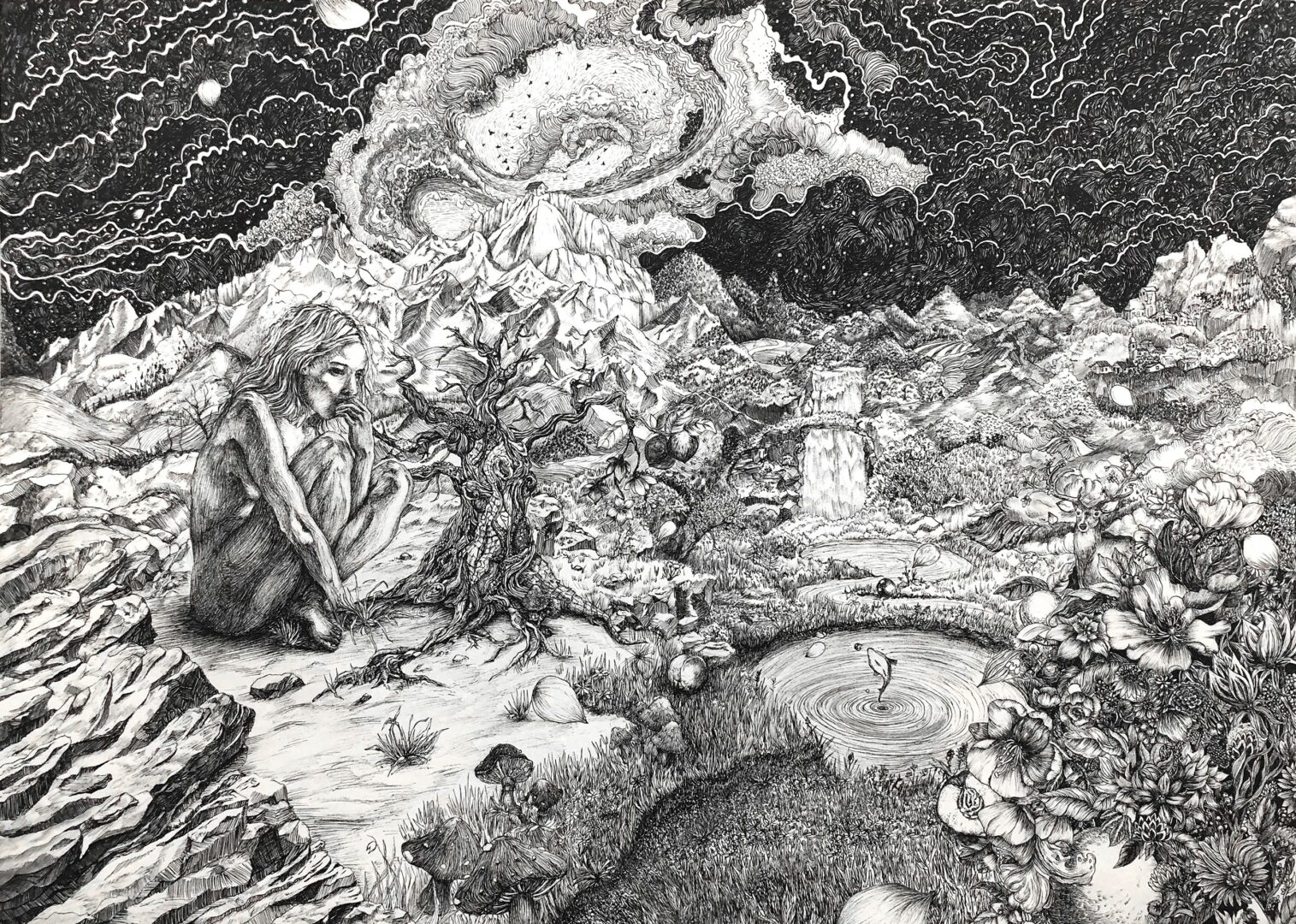
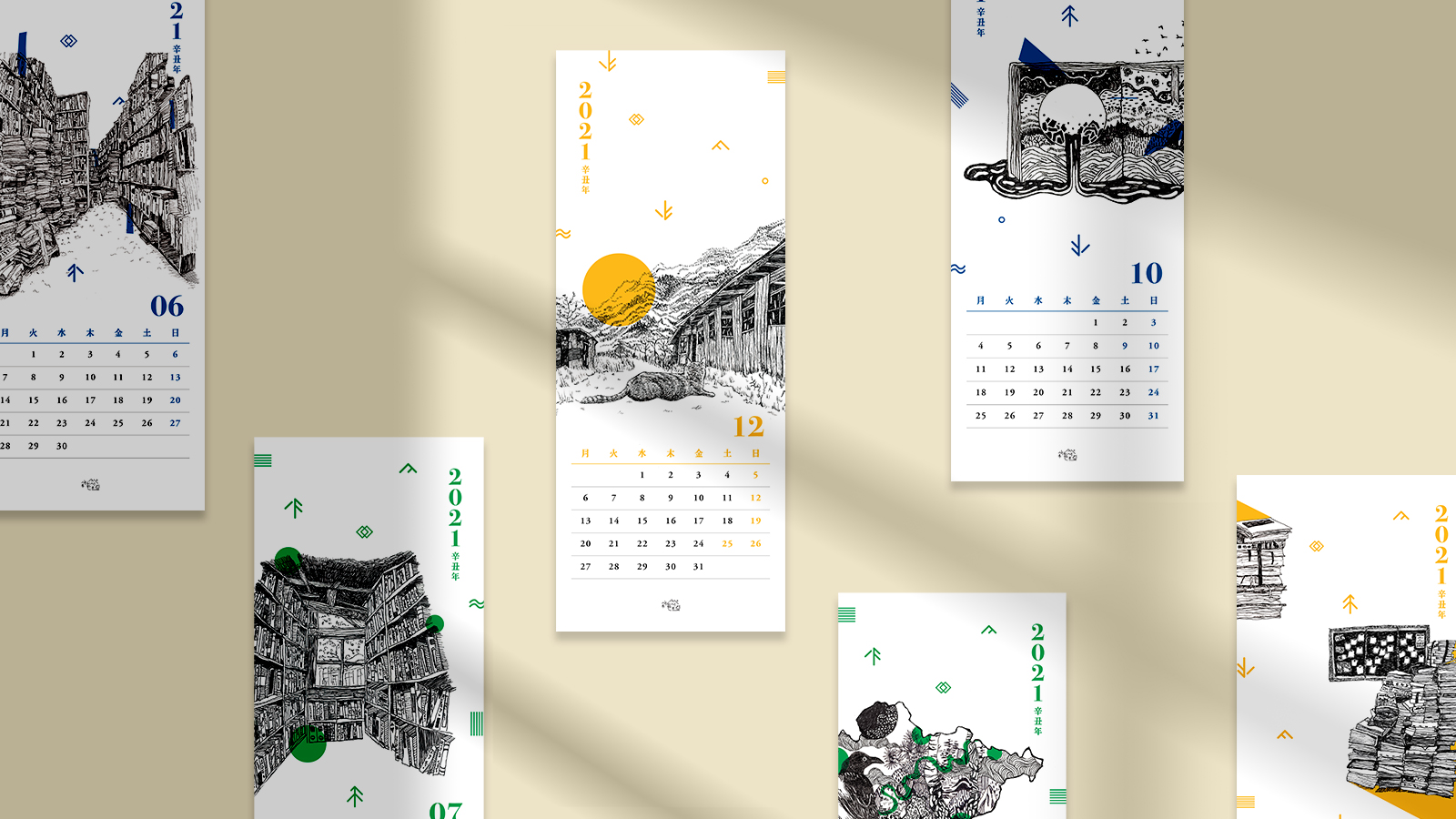
If you had to pick three qualities that are most important to develop, which three would you say matter most?
Looking back, I believe the three most impactful qualities in my journey have been following my heart, embracing challenges without fear, and building a habit of reflection and documentation.
I started art later than most people. Becoming an artist had been my dream since I was young, but for various reasons, I never had the chance to study it. After a serious accident forced me to take a break from my career, I began learning art as a hobby to find peace of mind. That experience completely changed my life. I realized that art was not just something I loved, but something I wanted to dedicate my life to.
When I decided to study in the United States, I had no background in English and faced a lot of concern and doubt from those around me. Still, I chose to follow my heart because I believed that doing what makes me truly happy would be the most meaningful decision for my life. From the moment I arrived, every minute felt like a challenge, language barriers, loneliness, and self doubt. Yet what kept me going was the desire to keep learning, creating, and connecting with people through art.
During those difficult times, I developed a habit of writing down my thoughts and emotions. I started recording them because I wanted to understand why I was feeling certain things and what was making me struggle. I did not want to run away from those feelings but to face them with honesty. Writing became a way to look at myself more objectively and understand my inner world with clarity. I noted every emotion, observation, and cultural experience I encountered, asking myself, Why do I feel this way? How can I express this through form, motion, or emotion?
The habit of recording that began in hardship has now become one of my greatest sources of creativity. Writing down my emotions, thoughts, and daily experiences helps me expand them into new ideas and artistic concepts. What once started as a way to confront my struggles has become the foundation of my creative process, turning my inner world into inspiration for my work.
My advice for others is to stay close to what truly moves you, to embrace discomfort as part of growth, and to document your journey. Every note, reflection, and emotion becomes the seed of your next idea.
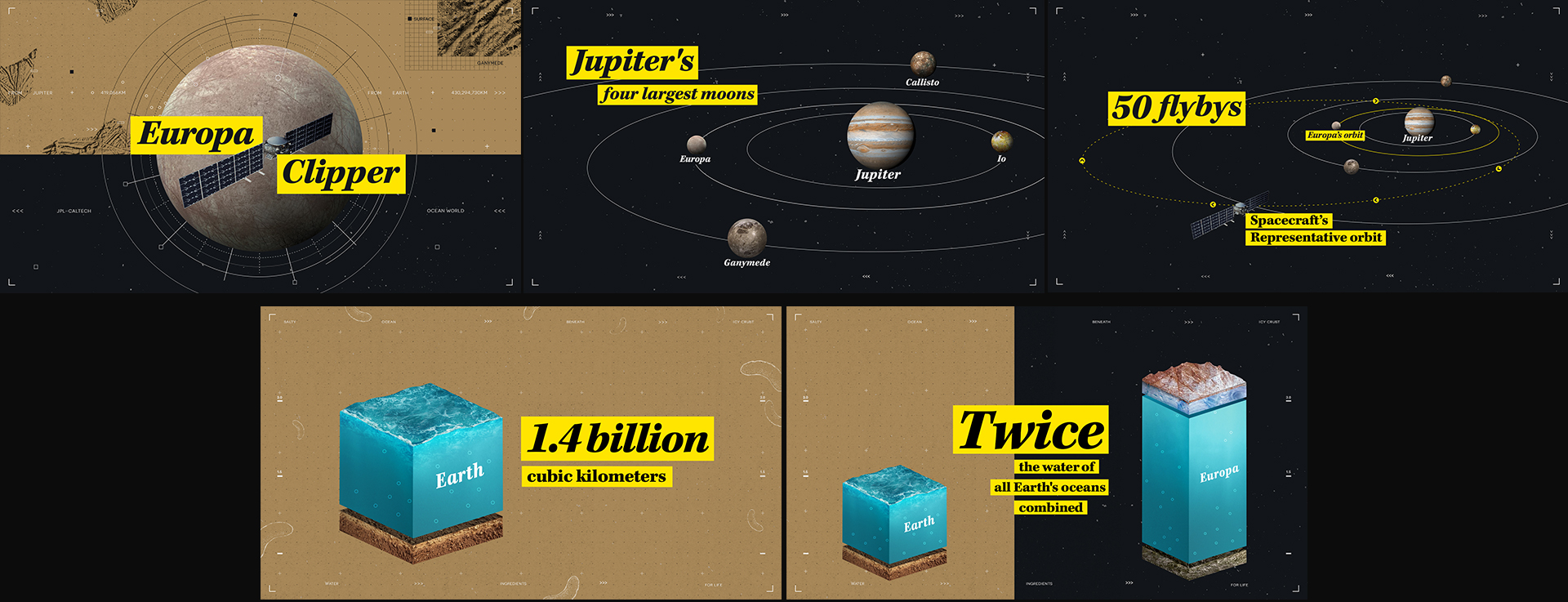
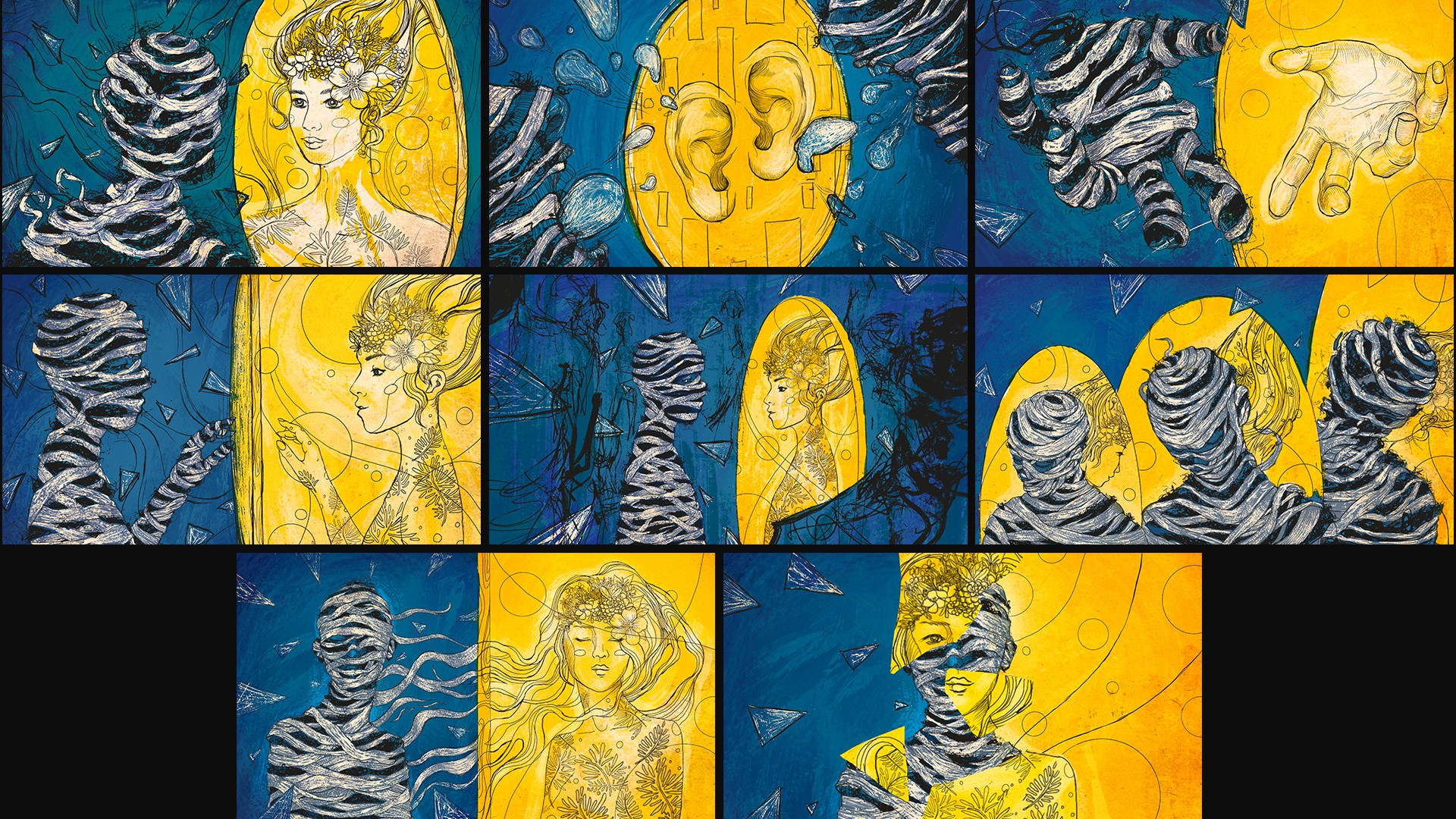
What has been your biggest area of growth or improvement in the past 12 months?
Over the past year, my biggest area of growth has been learning how to collaborate effectively and communicate clearly as a designer. After being selected as a branding designer for CoMotion 2025 at the Savannah College of Art and Design, I had the opportunity to work with a team of more than 40 students. While I had experienced small group collaborations in coursework before, CoMotion was on a completely different scale. It was a motion design conference organized and produced entirely by SCAD students, and being part of the branding team taught me how to work professionally within a large creative environment.
Since I changed my major from UX Design to Motion Design, I only had two chances to participate in CoMotion. Unfortunately, I had to take a leave of absence during CoMotion 2024 due to a family issue in Korea, so 2025 was my last opportunity before graduation. I felt truly grateful to be selected as a designer and to create style frames for the title sequence.
Throughout this project, I worked closely with the creative director and other designers to refine the concept and visual language. It also gave me the chance to experience how collaboration can positively influence everyone involved. Working with so many talented people taught me that good teamwork is not just about dividing tasks but about inspiring and learning from one another throughout the creative process. Through continuous discussion and experimentation, I learned how to translate ideas and messages into visual form and discovered the importance of communication in shaping strong design.
This experience gave me confidence in my ability to collaborate, contribute ideas, and grow through teamwork. It also inspired me to look forward to future collaborations in New York, where I can continue learning from others and explore how different creative strengths can merge to create something meaningful and powerful.
Contact Info:
- Website: https://qoioart.myportfolio.com
- Instagram: @qoio_art
- Linkedin: https://www.linkedin.com/in/qoio/

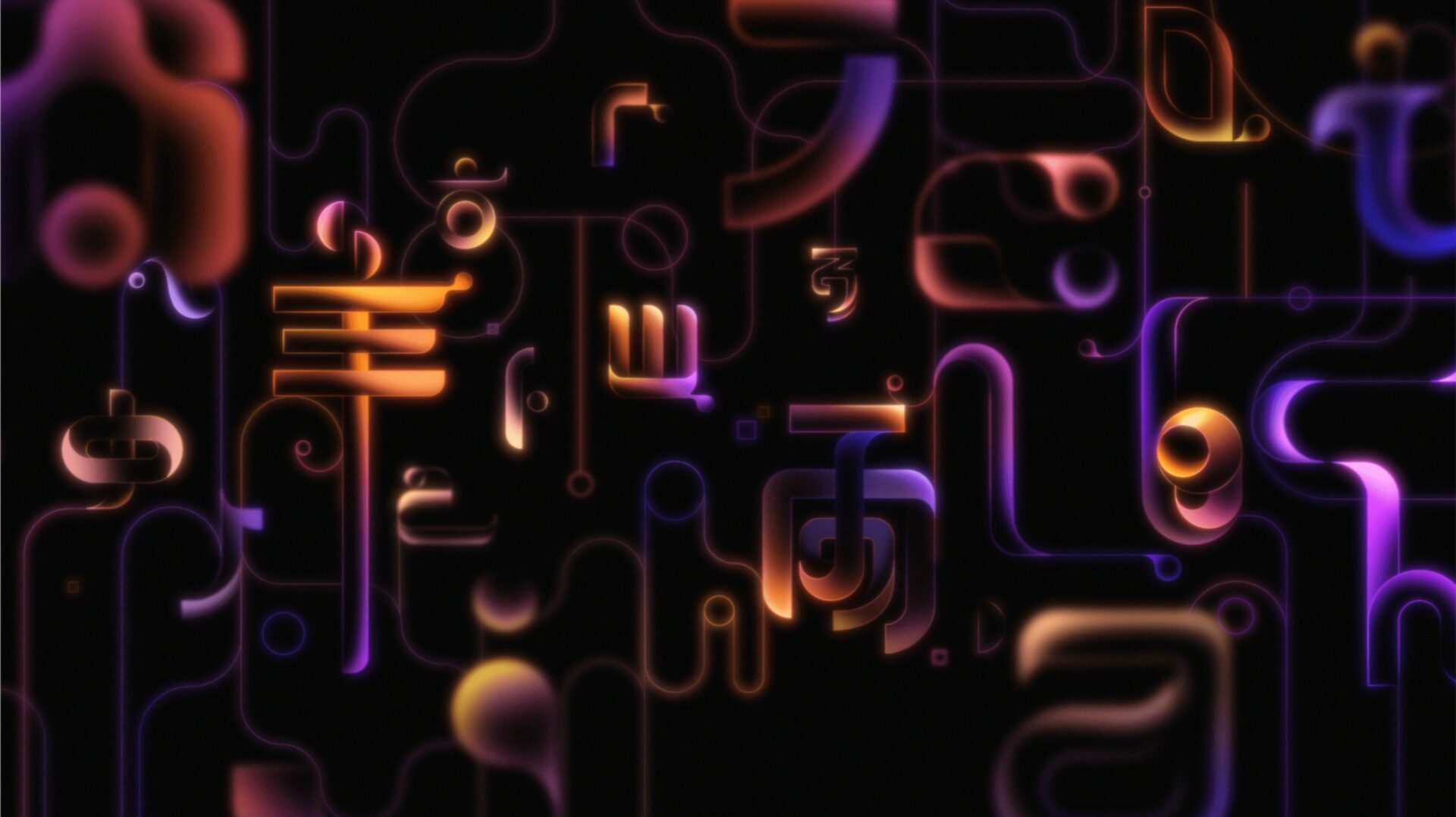
so if you or someone you know deserves recognition please let us know here.



